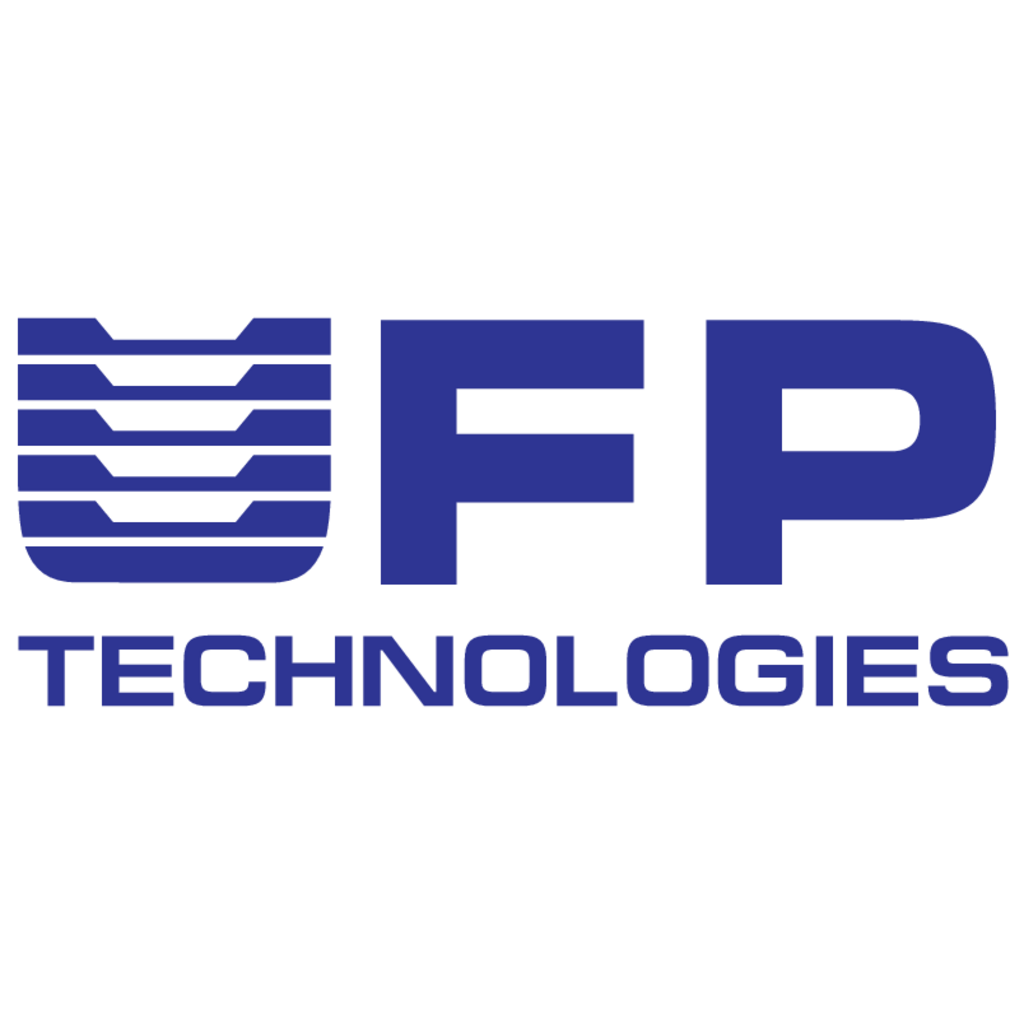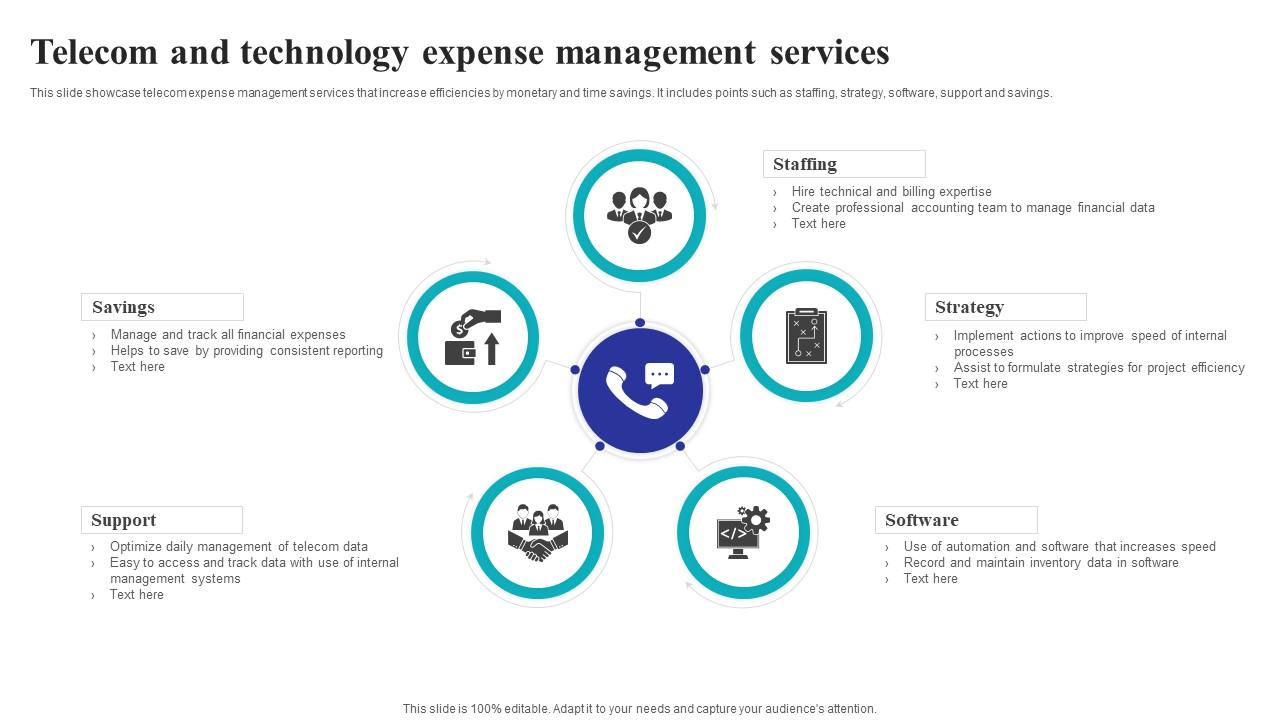Licensing Technologies: A Guide to Innovation
Lic technologies are the bedrock of innovation, facilitating the transfer of knowledge and intellectual property, fostering collaboration, and driving progress across diverse industries. From open-source software to proprietary inventions, licensing […]

Lic technologies are the bedrock of innovation, facilitating the transfer of knowledge and intellectual property, fostering collaboration, and driving progress across diverse industries. From open-source software to proprietary inventions, licensing models empower individuals and organizations to leverage existing technologies while promoting new advancements.
Understanding licensing technologies involves exploring different models, analyzing their legal and ethical implications, and recognizing their crucial role in shaping the future of innovation. By delving into the complexities of licensing, we gain insights into the intricate mechanisms that govern the transfer of knowledge and the development of cutting-edge technologies.
Licensing Technologies

Licensing technologies are the mechanisms that govern the use, distribution, and modification of intellectual property (IP). They provide a framework for defining the rights and responsibilities of both the IP owner (licensor) and the user (licensee). These technologies play a crucial role in the software, technology, and entertainment industries, enabling innovation and economic growth while protecting the interests of creators.
Types of Licensing Technologies
Licensing technologies can be categorized based on the level of control and freedom granted to the licensee. Here are some common types:
- Open Source Licensing: Open source licenses grant users the freedom to use, modify, and distribute software. They promote collaboration and transparency. Popular examples include the GNU General Public License (GPL) and the Apache License 2.0.
- Proprietary Licensing: Proprietary licenses restrict the use, modification, and distribution of software to the terms set by the licensor. They typically involve payment for usage rights and may limit the licensee’s ability to share or modify the software. Examples include Microsoft Windows and Adobe Creative Suite.
- Royalty-Based Licensing: Royalty-based licenses involve the payment of a fee (royalty) for each unit of use or sale of the licensed product. This model is often used for software, patents, and copyrighted works. For instance, a company might pay a royalty to a software developer for every copy of their application sold.
The Role of Licensing Technologies in Innovation

Licensing technologies play a crucial role in driving innovation by facilitating the transfer of knowledge and intellectual property, fostering collaboration and competition within industries, and influencing research and development efforts.
The Transfer of Knowledge and Intellectual Property
Licensing technologies provide a structured framework for the transfer of knowledge and intellectual property between different entities. This transfer can occur between universities and businesses, between small startups and large corporations, or even between different companies within the same industry. Licensing agreements define the terms and conditions under which the licensor grants the licensee the right to use, manufacture, or sell the licensed technology.
- Increased Access to Technology: Licensing allows companies to access technologies they may not have developed internally, expanding their product offerings and entering new markets. For example, a small biotechnology company might license a patent for a new drug discovery method from a university, allowing them to develop and commercialize a groundbreaking treatment.
- Reduced Development Costs: Licensing can significantly reduce the time and cost associated with developing new technologies. Companies can leverage existing technologies and expertise, allowing them to focus resources on specific areas of innovation.
- Faster Time to Market: Licensing can accelerate the commercialization process by allowing companies to bypass the lengthy and expensive research and development phases. For instance, a software company might license a pre-existing algorithm to enhance its existing product, bringing a new feature to market more quickly.
Impact on Research and Development
Licensing technologies have a profound impact on research and development efforts by providing incentives for innovation and fostering collaboration.
- Incentivize Innovation: Licensing agreements can provide financial rewards for inventors and researchers, motivating them to develop new technologies. Universities, for example, often license their inventions to companies, generating revenue that supports further research and development.
- Promote Collaboration: Licensing can facilitate collaboration between different entities, allowing them to share resources, expertise, and intellectual property. This collaboration can lead to the development of more advanced technologies and innovative solutions.
- Cross-Fertilization of Ideas: Licensing can facilitate the transfer of knowledge and ideas between different industries, fostering cross-fertilization and leading to new applications and breakthroughs. For instance, a technology developed for the aerospace industry might find a new application in the medical field through licensing.
The Role of Licensing in Fostering Collaboration and Competition, Lic technologies
Licensing technologies play a critical role in fostering both collaboration and competition within industries.
- Collaboration: Licensing can facilitate joint ventures and partnerships, allowing companies to share resources and expertise to develop new technologies or enter new markets. This collaboration can lead to the creation of innovative products and services that benefit consumers.
- Competition: Licensing can also drive competition within industries, as companies seek to acquire and commercialize the most promising technologies. This competition can lead to faster innovation and the development of more advanced products and services.
- Market Dynamics: Licensing agreements can influence the dynamics of a market by providing access to technologies and creating opportunities for new entrants. This can lead to a more diverse and competitive market, ultimately benefiting consumers.
Final Wrap-Up: Lic Technologies

In a rapidly evolving technological landscape, licensing technologies are more critical than ever. As innovation accelerates, the need for effective and ethical licensing practices becomes paramount. Understanding the nuances of licensing models, navigating legal complexities, and embracing ethical considerations will be essential for fostering responsible innovation and ensuring the sustainable growth of knowledge-based industries.
LIC technologies encompass a wide range of applications, from industrial automation to medical imaging. One notable example is the use of LIC in steel manufacturing, as seen in steel technologies blytheville ar , where advanced LIC systems help optimize production processes and ensure high-quality steel products.
LIC technologies are constantly evolving, promising even more innovative solutions in the future.










